Wood Lane, Wednesday, 23rd March 2016
The landowner of my Wood Lane site contacted me to let me know that there were still good numbers of Siskin and Lesser Redpoll coming to the feeders in her garden. With a good weather forecast for the day, Jonny Cooper and I set up to test the situation. The site is fed all year round with peanuts and nyjer seed and, as a result, it has a large resident population of titmice. To avoid being inundated with titmice, we initially set our nets close to the nyjer seed feeders and between two newish copses (trees about 3m tall) 150m from the feeding station.
About 10:00, as the numbers of other birds decreased at the other nets, we set a couple of nets close to the peanut feeders: instantly we had our hands full with Blue, Great and Coal Tits. We emptied the nets and closed them again - we weren't looking for that much hard work!
The list for the session was as follows: Treecreeper 1; Blue Tit 22(5); Great Tit 4(1); Coal Tit 5; Long-tailed Tit (1); Wren 1(1); Dunnock 1; Robin 3; Blackbird (1); Goldcrest 4(1); Chaffinch 4; Goldfinch 11(1); Lesser Redpoll 3(1); Siskin 9(1); Greenfinch 1. Totals: 69 new from 13 species and 13 retrapped birds from 9 species.
As the list shows, we had both Siskin and Lesser Redpoll in the catch: particularly good numbers of Siskin. The retrapped bird was one we ringed in Webb's Wood in February: not a long distance and, with the site backing onto the wood, not really surprising. However, we also retrapped a Goldfinch that is not fitted with one of my rings. Z731223 - I shall look forward to finding out where it has come from.
A fair proportion of the birds are showing signs of coming into breeding condition: particularly the males. No doubt the need to establish territories and increasing day length has boosted their testosterone levels, prompting the early development of the cloacal protuberance. However, a couple of the female Siskin were starting to defeather their bellies: a necessary precursor for brooding eggs and young.
Male & Female Siskin:
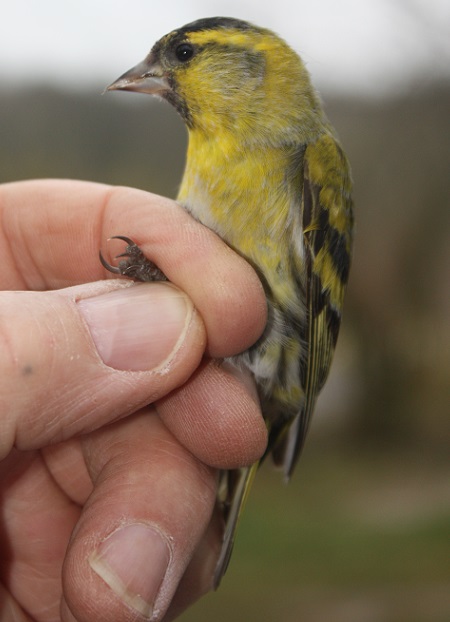
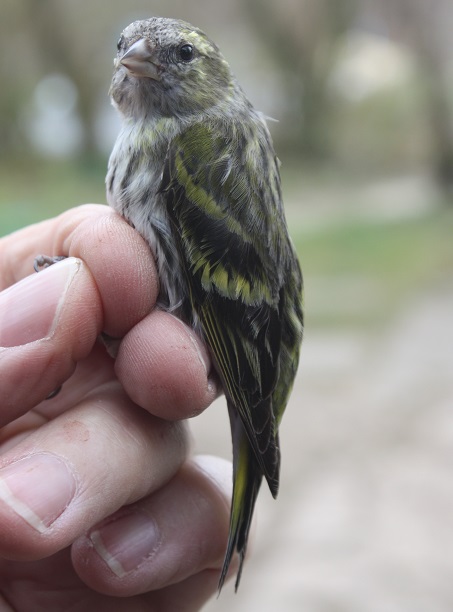
Male Lesser Redpoll:
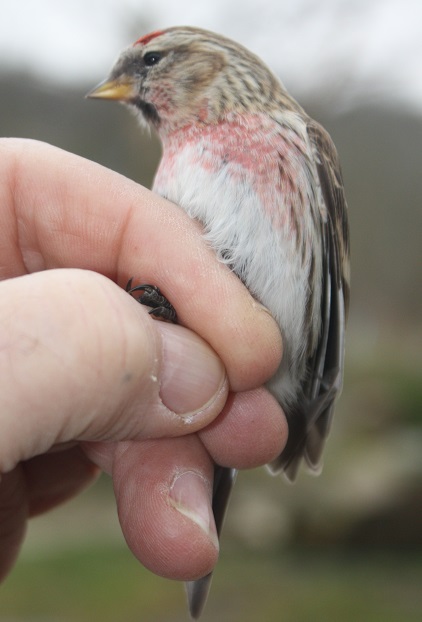 ST / JC
ST / JC

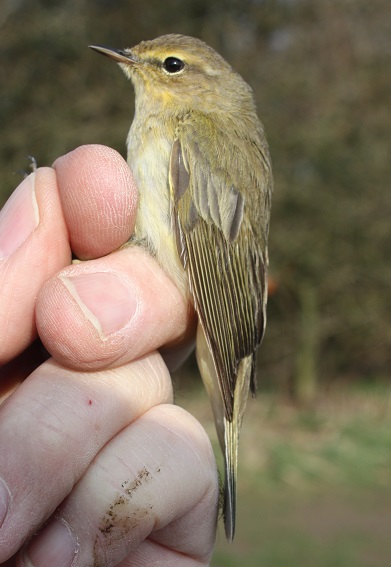
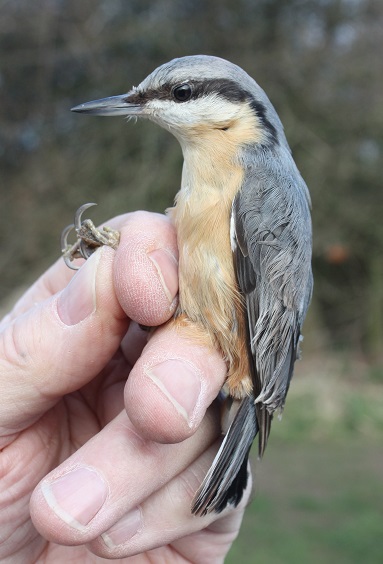
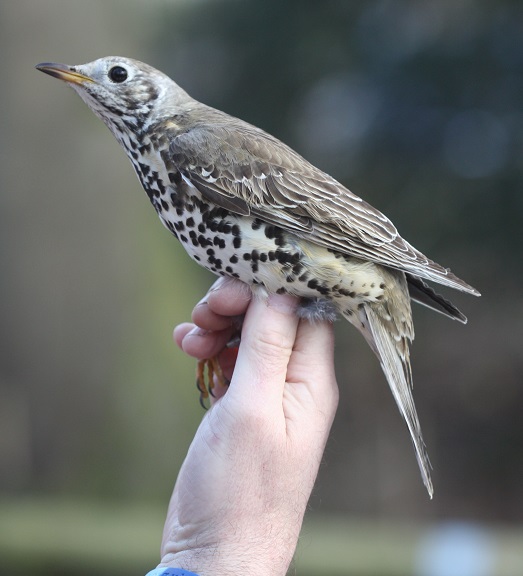
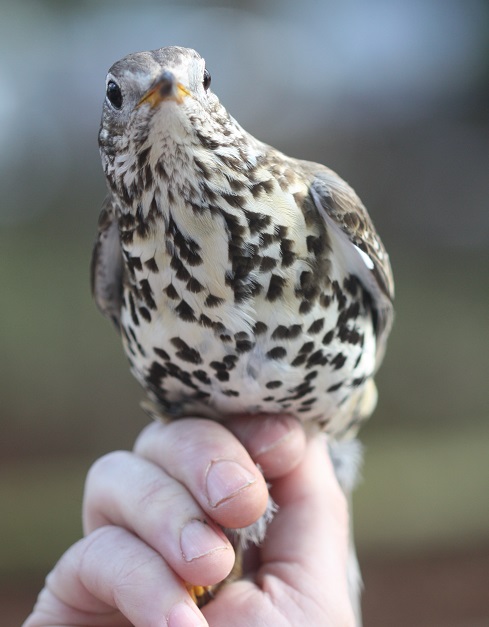
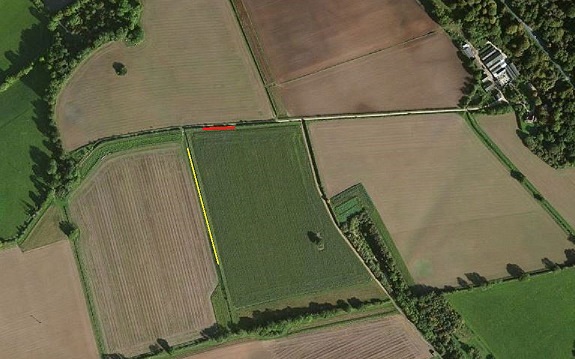
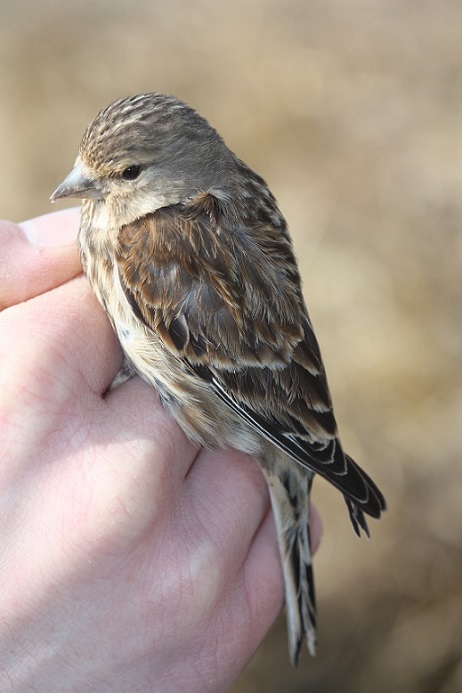
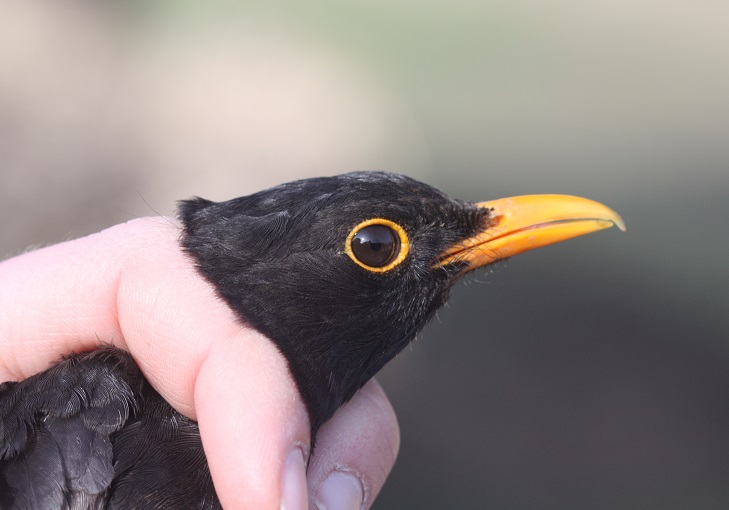
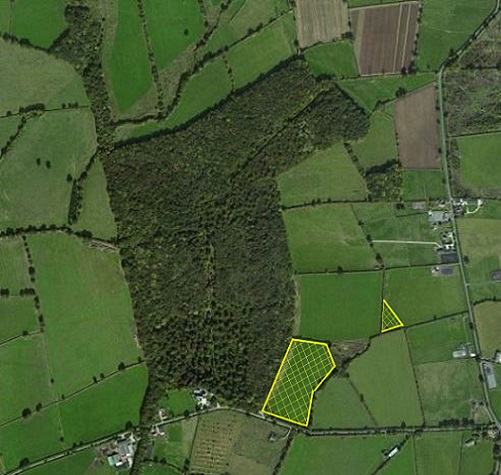
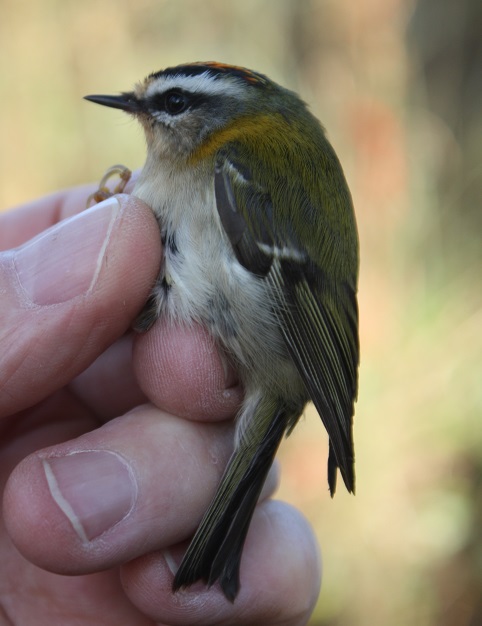
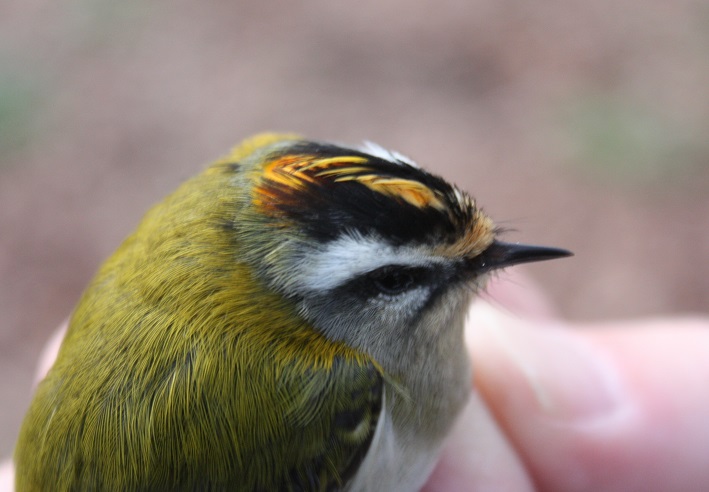
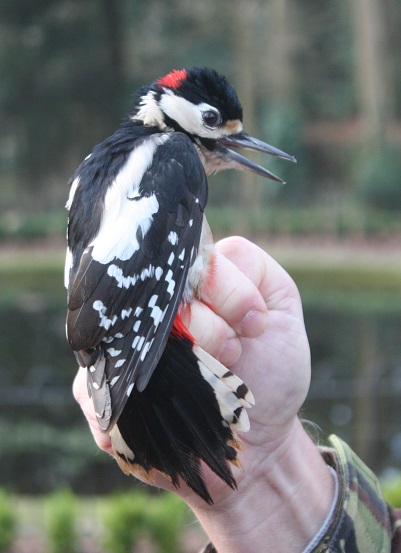 ST / AB/ DT / JD
ST / AB/ DT / JD